The 5 S of Compulsory Equipment:
- Shirt or jersey, same color as teammates
- Shoes or footwear
- Shorts, same color as teammates (can be different color than shirt)
- Socks, each the same color and same color as teammates (must cover shinguards completely)
- Shinguards
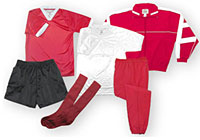
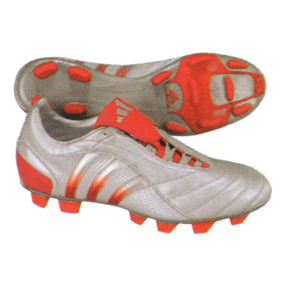
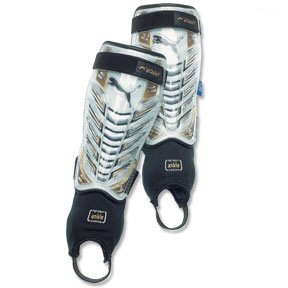
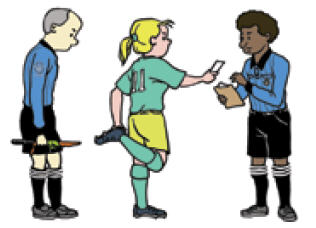
One of several reasons for arriving at the field at least 30 minutes prior to kick-off is to allow time to inspect players' equipment.
Inspections should include particular attention to jewelry, knee braces, casts, etc.
The referee has the final decision as to whether the equipment is dangerous or not.
Should a player's equipment be determined to be dangerous, the player makes the decision as to either remove the equipment or chose not to play.
Jewelry (such as earrings and bracelets) are not necessary to play the game and should not be considered an acceptable part of a player's equipment, even if covered with tape.
There has been lots of discussion about shinguards over the last several years and what "provides adequate protection".
In USSF, the referee decides what is adequate protection.
Typically, if the shinguard is made by a recognized
manufacturer and made of suitable material (e.g., plastic, rubber,
similar material) it is considered adequate protection.
Shinguards must, however, be completely covered by the socks and cannot
pose a danger to any players.

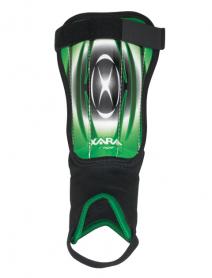
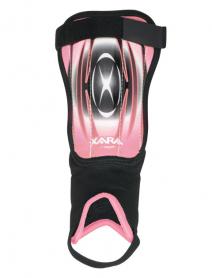
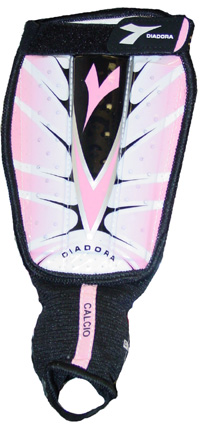

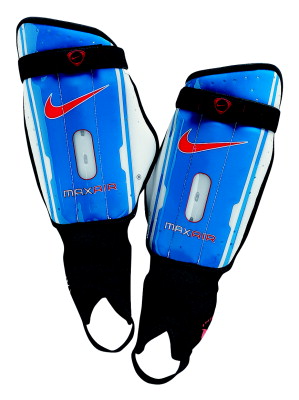
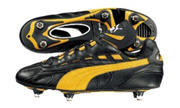
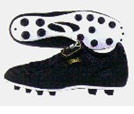
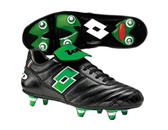
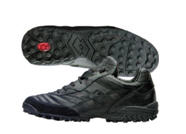
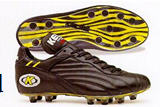
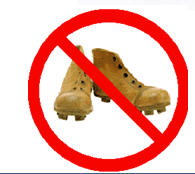
Similar to shinguards, if the shoes look like soccer shoes then they are probably just fine!
Shoes made by reputable manufacturers that have not been modified in any manner (e.g., sharpened cleats) to make them dangerous, are acceptable for play.
The Laws of the Game do not make any special notations about toe cleats or turf shoes or even common athletic shoes.
If they are not dangerous to any players, move on.
Casts are allowed unless they are considered dangerous, in the opinion of the referee.
It is not uncommon for referees, coaches, leagues, tournaments, to require that a plaster cast be padded before allowing the player to participate in a match.
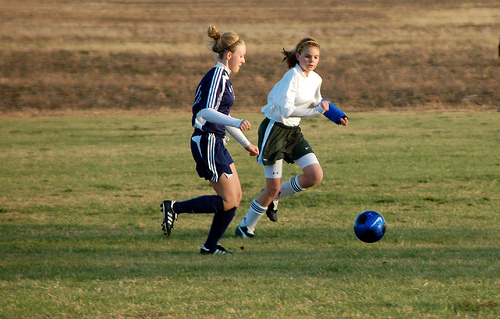

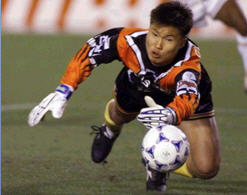

Goalkeepers shall wear uniforms that distinguish them from other players and the officials.
Keepers will often wear pants for sliding that have padding on them.
They traditionally wear gloves to improve their ability to handle the ball and to protect their fingers.
All of these items are legal as long as the referee does not determine that they are dangerous items.
Protective headgear is becoming very popular in the game these days.
Soft shelled helmets for keepers are allowed as long as they are worn properly and do not cause any danger to other players.
In a similar manner, soft headgear for protection during heading of the ball are also legal as long as worn properly and cause no danger to any players.

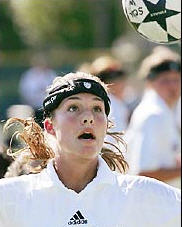
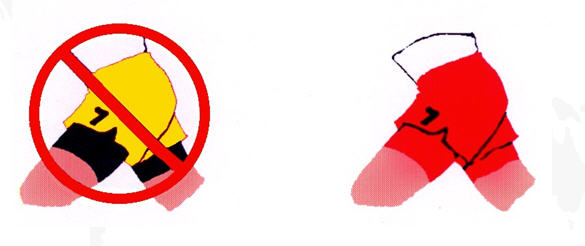
"Sliders" are allowed as long they are the approximately the same color of the predominate color of the shorts